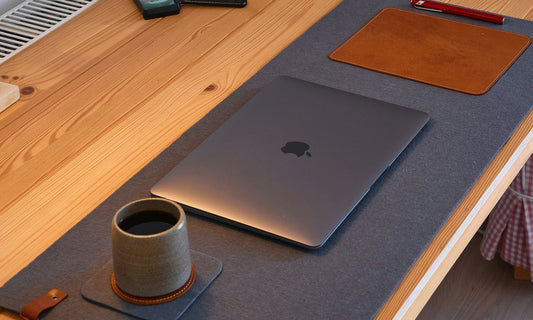
How does leather patina develop?
Oscar Arenas- Introduction to Leather Patina
- The Science of Patina Formation
- Factors Influencing Patina Development
- Comparing Patina on Different Leather Goods
- Caring for Leather to Develop a Desired Patina
- Conclusion: Embracing the Beauty of Leather Patina
Introduction to Leather Patina
Leather patina is akin to the diary of a well-traveled soul, recording every encounter, touch, and beam of sunlight in its rich, evolving hues. This beautiful phenomenon, exclusive to high-quality leather, marks the transition of the material from merely a piece of craftsmanship to a storyteller, bearing the unique signature of its owner's journey. But what exactly is patina, and why does it hold such allure for leather enthusiasts?
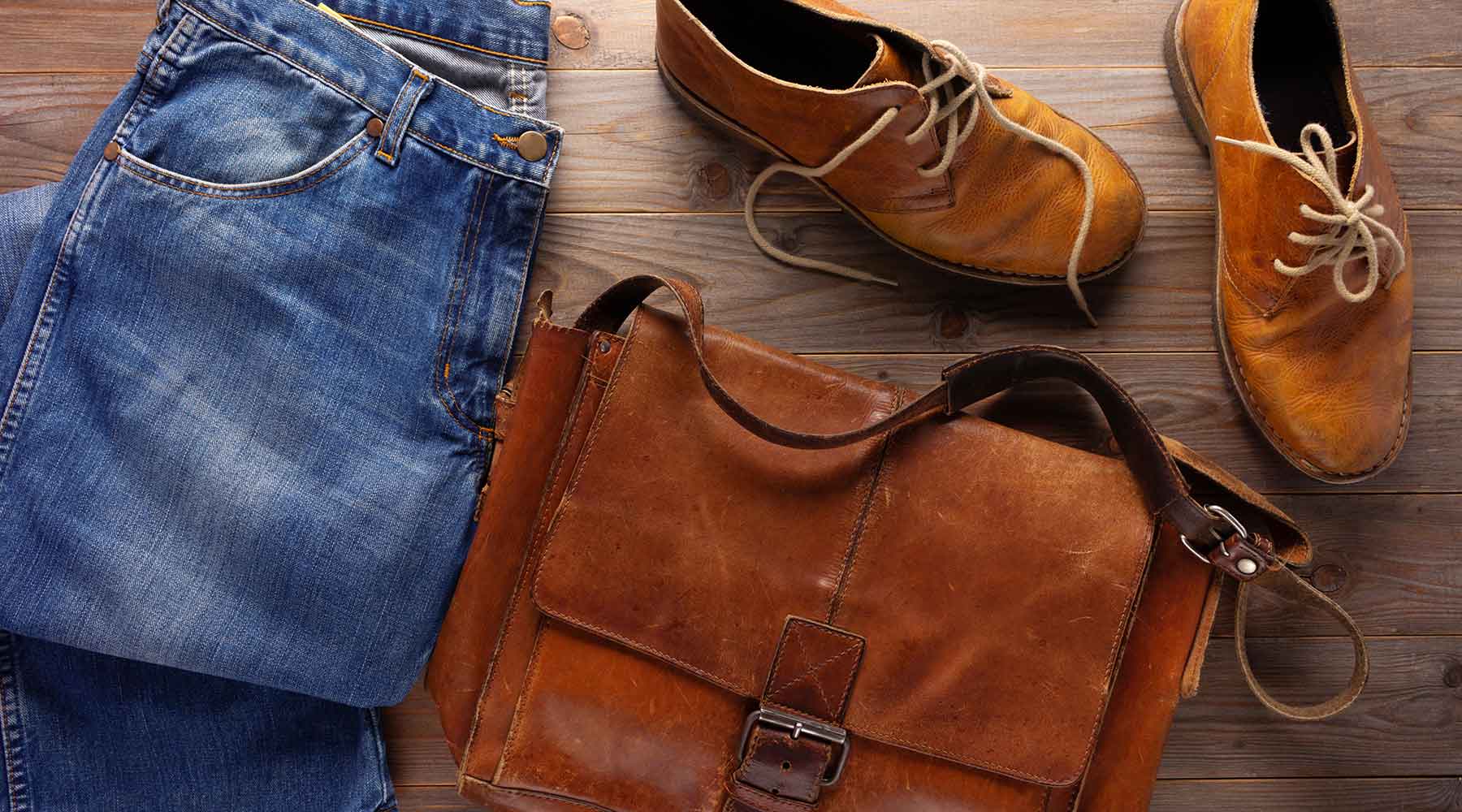
Patina refers to the gentle wear and graceful aging of leather, manifesting as a subtle sheen that develops over time, accompanied by darkening or caramelizing the leather's natural color. Unlike other materials that deteriorate and lose their charm with age, leather adorned with patina is considered enhanced, enriched with character and beauty impossible to replicate artificially.
The allure of patina lies in its ability to tell a story. Each crease, hue shift, and texture softening is a testament to the experiences shared between the leather and its owner. Whether it's the daily commute, countless journeys, or the simple act of being handled, every interaction contributes to the patina's development, making each piece distinct and personal.
Moreover, patina is a hallmark of quality. Only high-quality leather, such as full-grain and top-grain leather, develops a significant patina over time. This quality is highly sought after by connoisseurs and casual users alike, who appreciate the aesthetic appeal and the testament to the longevity that patina represents.
Understanding and appreciating leather patina is akin to embracing the beauty of aging — recognizing that with time and use, things can become more beautiful, telling the rich stories of their past. As we delve deeper into the science of patina formation, the factors influencing its development, and how to care for leather to nurture this exquisite aging process, we uncover the art of allowing natural beauty to flourish over time.
The Science of Patina Formation
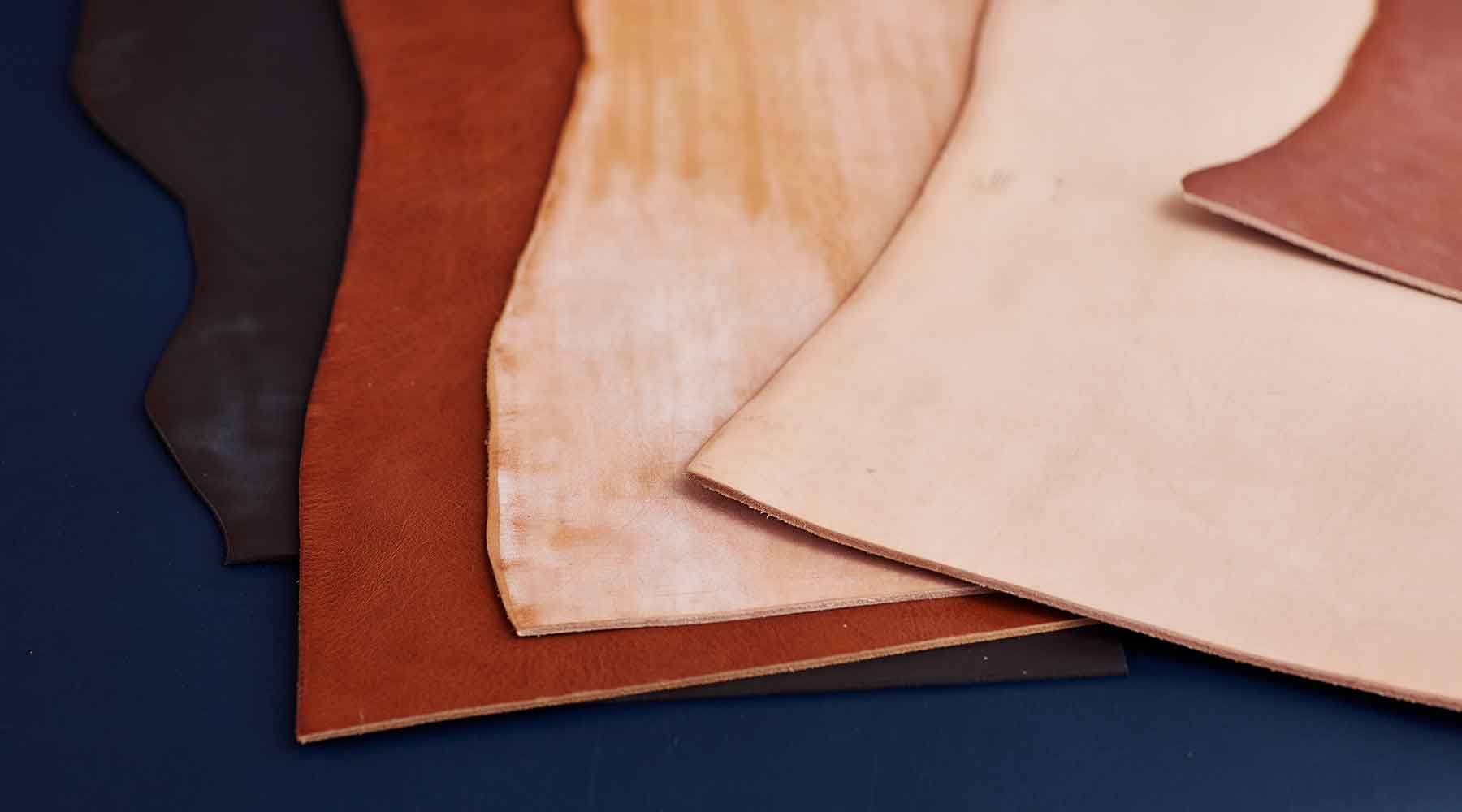
A complex interplay of chemical reactions, physical wear, and environmental influences is at the heart of the transformation that culminates in a well-aged leather item's rich, glossy finish. Understanding the science behind patina formation deepens our appreciation for this natural phenomenon and unveils why certain leathers develop more pronounced and beautiful patinas over time.
- The Role of Leather Type: The journey to a gorgeous patina begins with the type of leather. Full-grain and top-grain leathers, known for their minimal processing, retain the hide's natural surface, including its pores, scars, and other imperfections. These characteristics are not flaws but rather the foundation upon which patina builds. The natural oils and waxes in these leather types are crucial; they move within the leather, reacting to usage and environmental conditions, leading to the gradual darkening and softening of the material.
- Environmental Effects: Exposure to the elements plays a significant role in patina development. Sunlight, specifically the UV rays it contains, causes the leather to tan, much like human skin, enhancing its color depth and richness. However, as with skin, too much exposure can dry out leather, highlighting the importance of moderation and care in cultivating a patina.
- Human Interaction: Regular use and handling imbue leather with a distinctive patina. The natural creases formed by bending, the slight abrasions from daily wear, and the pressure and friction of being held or touched encourage patina development. These physical changes promote the migration of oils and the absorption of elements that feed the patina, enhancing the leather's aesthetic appeal.
The patina process is slow and organic, with the best results in leather goods used frequently and cared for properly. It is a testament to leather's durability and natural beauty, evolving and improving with age.
The development of the leather patina is a beautiful testament to the passage of time, reflecting the life and experiences shared between an object and its owner. As we explore the factors influencing patina development in the next section, it becomes evident that this transformation is not merely a matter of chemical reactions but a journey of character building, etching memories and stories into the fabric of the leather.
Factors Influencing Patina Development
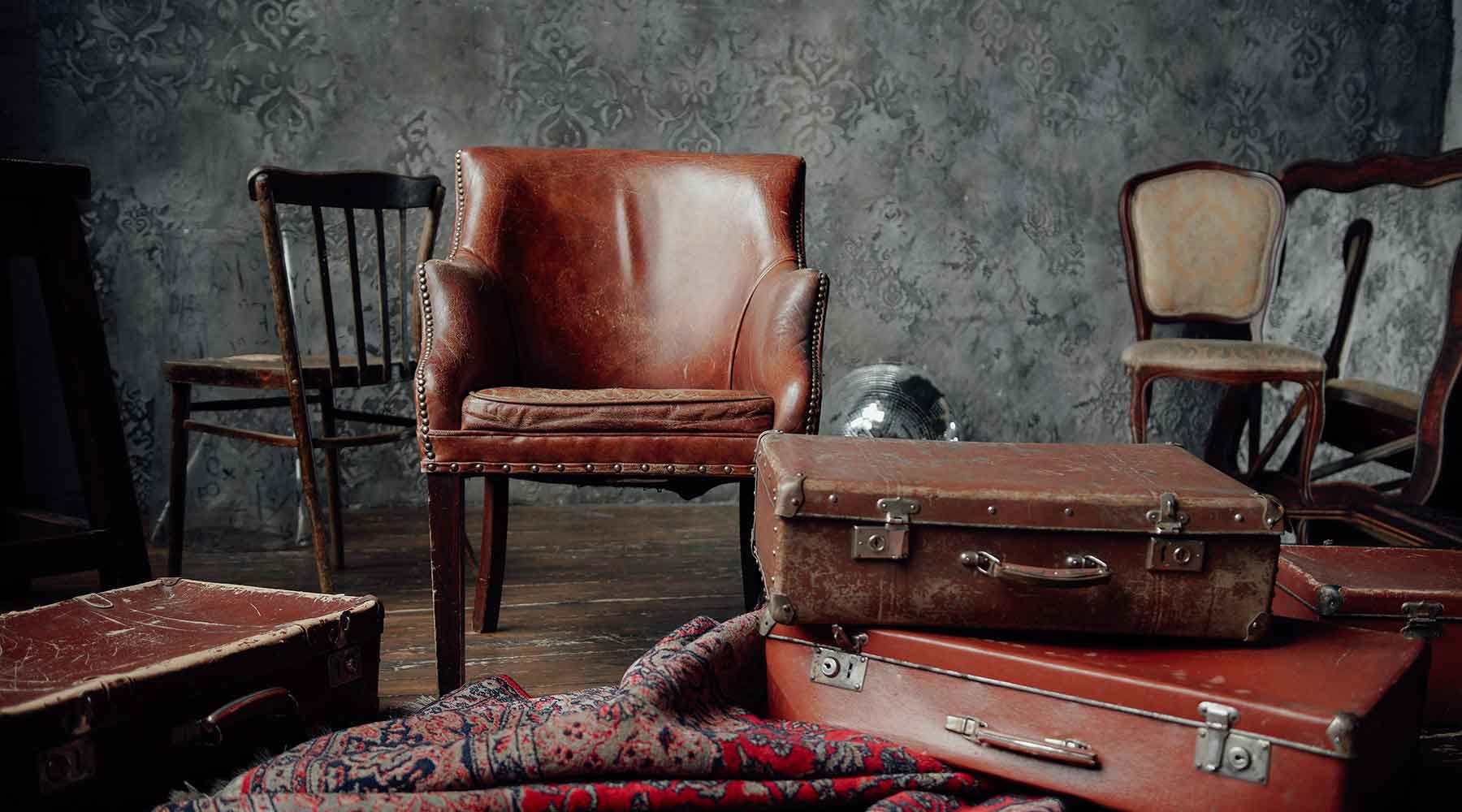
Developing a rich patina is a nuanced process influenced by many factors, each playing a pivotal role in each leather piece's unique story. Understanding these factors not only helps in appreciating the beauty of the patina but also guides in caring for leather goods to encourage a desirable aging process.
- Type of Leather: The type of leather is the most significant determinant in the patina's development. Full-grain leather, recognized for its minimal processing, preserves the hide's natural marks and pores, providing a perfect canvas for patina. Top-grain leather, slightly more processed, still offers a good surface for patina development, albeit with less intensity than full-grain. The natural imperfections of these leathers absorb oils and react to environmental conditions, leading to the patina's beautiful, uneven coloration characteristic.
- Usage Patterns: How and how often a leather item is used significantly impacts patina formation. Regular use subjects the leather to bending, stretching, and exposure to body oils—all of which contribute to the patina. Wallets develop a unique patina around the folds and edges, where handling is most frequent, while leather bags may show patina on handles and straps due to regular gripping and carrying.
- Exposure to Elements: The elements play a crucial role in patina development. Sunlight naturally darkens the leather over time, enhancing its color depth. However, excessive sun exposure can dry out the leather, underscoring the importance of balanced exposure. Moisture, too, affects patina formation; natural oils from the skin and even water spots can integrate into the leather, contributing to its unique aging process.
- Personal Care Routines: Maintaining a leather item is critical in patina development. Regular cleaning and conditioning with appropriate products can nourish the leather, facilitating a smoother, more even patina. Neglect, on the other hand, can lead to uneven coloring and potential damage.
- Environmental Conditions: The environment in which leather items are stored and used can affect patina formation. High humidity levels, extreme temperatures, and exposure to chemicals or pollutants can alter the natural aging process, affecting the patina's appearance. For practical ways to maximizing indoor comfort at home, you can read in‑depth at Carson HVAC.
- Individual Body Chemistry: The oils and sweat produced by our bodies are unique and can affect leather differently. Some people's natural oils may accelerate patina development, while others may have a more subtle effect, adding another level of personalization to the patina process.
By considering these factors, leather enthusiasts can influence the development of their goods in the patina. Whether through regular use, careful maintenance, or mindful exposure to the elements, the journey to a rich, characterful patina is a rewarding process that adds immense value to leather items.
Care and Maintenance Routines for Patinated Leather
Developing a beautiful patina is a testament to the quality of the leather and the care it receives. Proper maintenance enhances the patina and ensures the longevity and durability of leather goods.
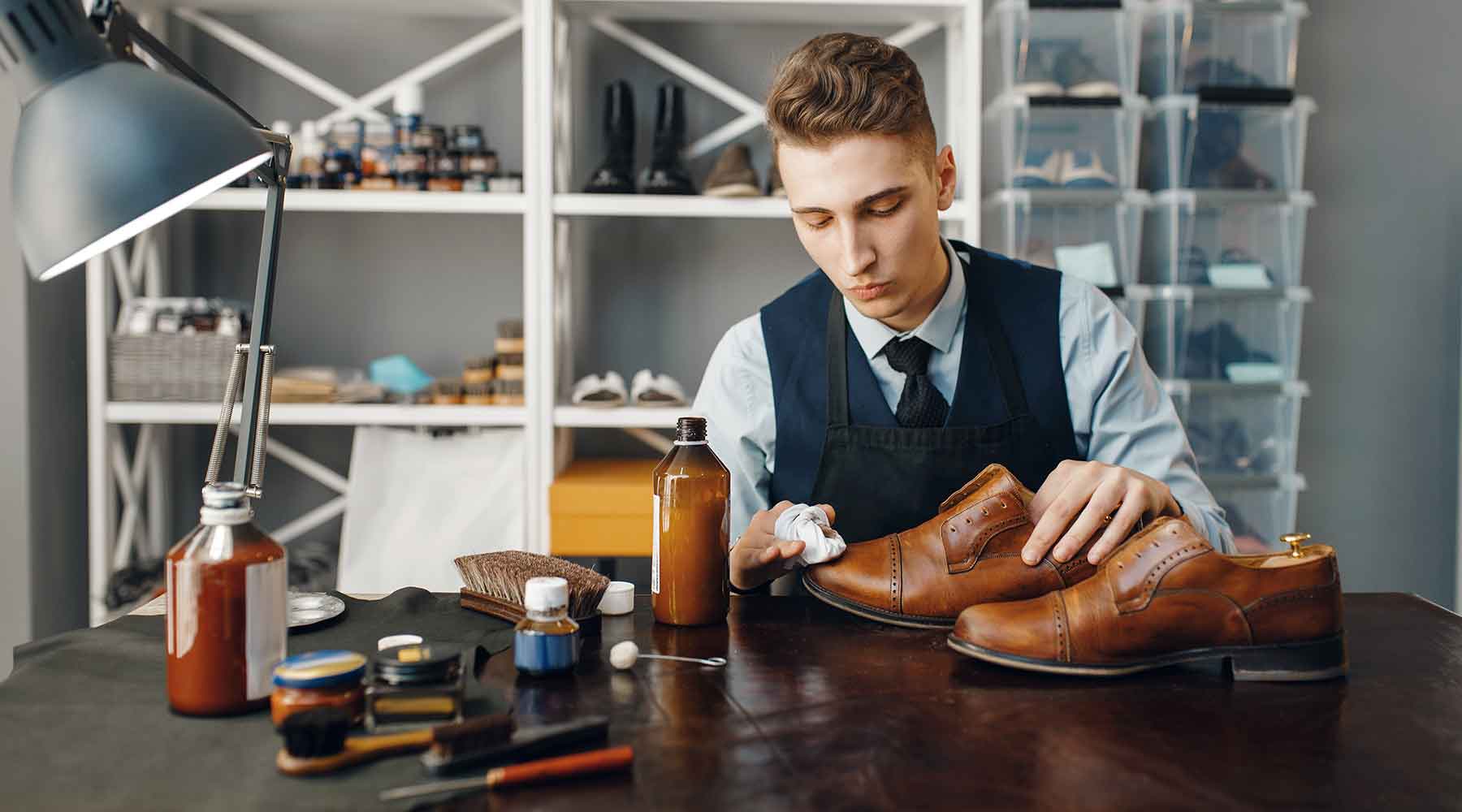
Here are some critical tips for caring for patinated leather:
- Clean Regularly: Clean your leather items with a soft, damp cloth to remove dirt and grime. For deeper cleaning, use a leather cleaner formulated for your type of leather.
- Condition: Regular conditioning helps maintain the leather's moisture, preventing it from drying and cracking. Use a high-quality leather conditioner that complements your leather type.
- Protect: Apply a leather protector to shield against water, stains, and UV damage. This step is crucial for items frequently exposed to harsh conditions.
- Store Properly: When not used, store leather goods in a cool, dry place away from direct sunlight and heat sources. Use padded hangers for jackets and fill shoes and bags with stuffing to maintain shape.e.
- Use with Care: While regular use contributes to patina development, avoiding excessive exposure to harsh elements can prevent premature wear and damage.
By following these care tips, you can encourage the natural development of the patina while protecting the integrity of your leather goods, ensuring they age gracefully and continue to tell your story for years to come.
Comparing Patina on Different Leather Goods
The patina that develops on leather goods is as diverse as the items themselves, influenced by their use, care, and the environment they're exposed to. This section delves into how patina manifests on various leather products, from footwear to furniture, highlighting the unique characteristics and beauty that emerge over time.

Footwear
Leather footwear, whether boots or dress shoes, often develops a rich and nuanced patina. The creases from walking, exposure to the sun, and the absorption of natural oils from the feet contribute to a distinct coloration and sheen. Regular use and proper maintenance, including cleaning and conditioning, can result in a beautifully aged pair of shoes that reflect the wearer's journey. The contrast between areas that bend and stretch and those that remain relatively untouched creates a visually appealing effect unique to each pair.

Bags and Accessories
Leather bags and accessories such as wallets, belts, and watch straps exhibit patina in a way that tells the story of daily life and adventures. The handles of a bag may darken significantly from handling, while the rest of the bag develops a softer, more gradual patina. Frequently handled and stored in pockets, wallets often show a quicker patina development, especially along edges and folds. These items become personalized artifacts of one's lifestyle, bearing unique marks and shades.

Furniture
Leather furniture, such as sofas and chairs, ages gracefully, offering a testament to the natural beauty of leather. The patina on furniture develops over more extended periods, given the broader surface area and less frequent but more distributed use. Sunlight plays a significant role, gently darkening exposed areas, while the natural oils from human skin contribute to a soft sheen on armrests and seating areas. Proper care, including regular dusting and conditioning, ensures that leather furniture ages evenly, enhancing the aesthetic and comfort of a space.

Jackets
Leather jackets, symbols of timeless style, develop a patina that adds depth and character to their appearance. The elbows, cuffs, and areas around the pockets often show the most significant signs of wear, reflecting the movements and habits of the wearer. Exposure to the elements, from sunlight to rain, further contributes to the jacket's evolving story, with each mark and fade adding to its allure.
These examples underscore the diversity in patina development across different leather goods. While the fundamental processes are similar, the outcome is profoundly influenced by the item's use, care, and the environment it encounters. Each piece of leather, with its patina, becomes a canvas, reflecting the unique experiences and care it has received.
Conclusion
Leather patina is not merely a sign of aging; it's a symbol of a life lived, a narrative etched into the very fabric of our most cherished possessions. It represents a journey of transformation, where each mark, crease, and color change tells a story of adventures, experiences, and memories. By understanding how patina develops and learning to care for it, we preserve the beauty and integrity of our leather goods and embrace the unique character and history they represent.
As we've explored, the development of leather patina is influenced by various factors, from the quality of the leather to the care it receives and the life it leads with its owner. By nurturing this natural aging process, we can elevate our leather items from accessories to personal artifacts rich in history and beauty.
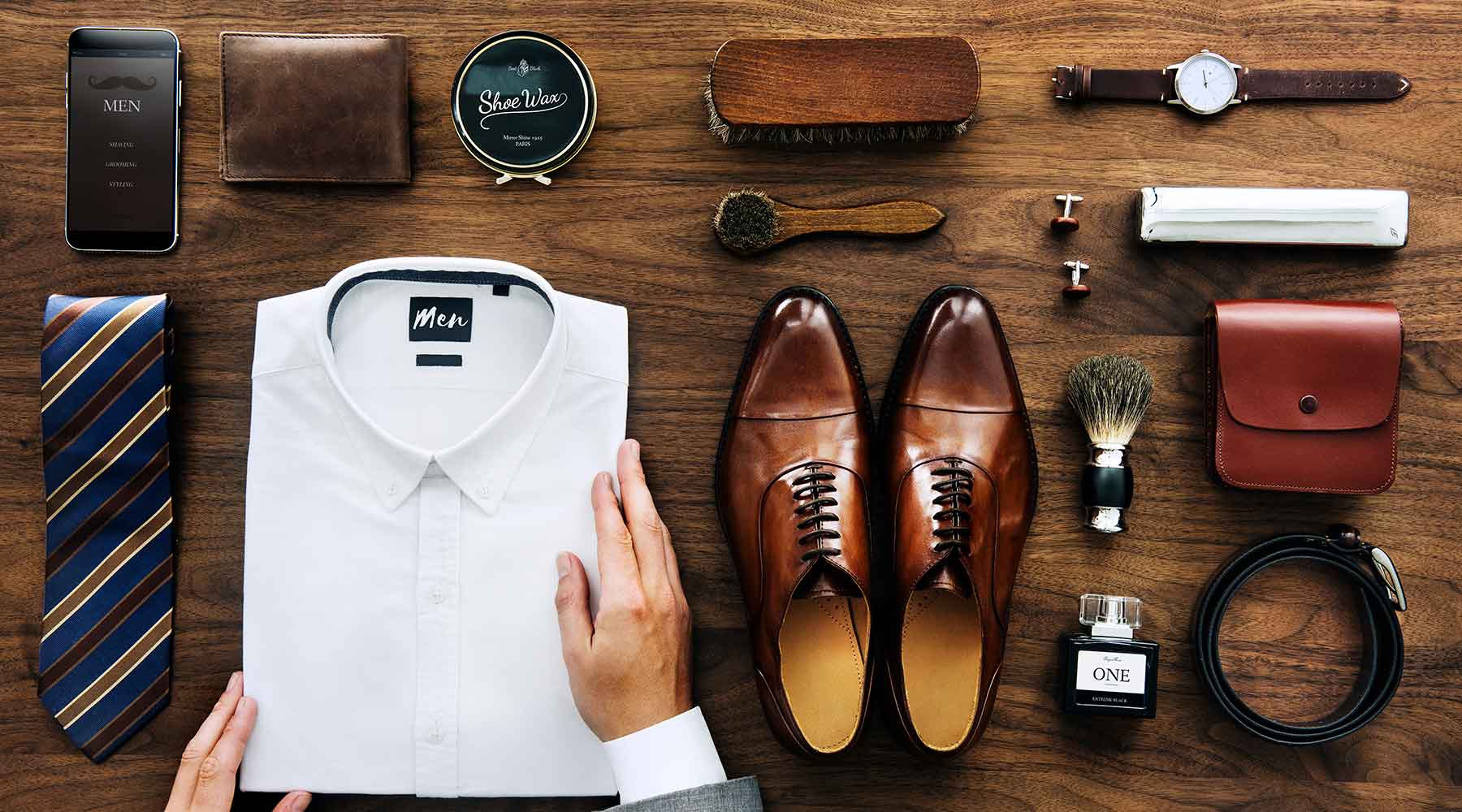
In the world of fast fashion and disposable goods, the timeless appeal of a well-patinated leather piece stands out as a testament to quality, durability, and individuality. Whether you're a long-time leather enthusiast or new to the wonders of this natural material, the journey to a beautiful patina is rewarding, offering a unique way to connect with your belongings and showcase your style.
In embracing leather patina, we celebrate the imperfections and variations that make life enjoyable, finding beauty in the marks of experience and the passage of time.



